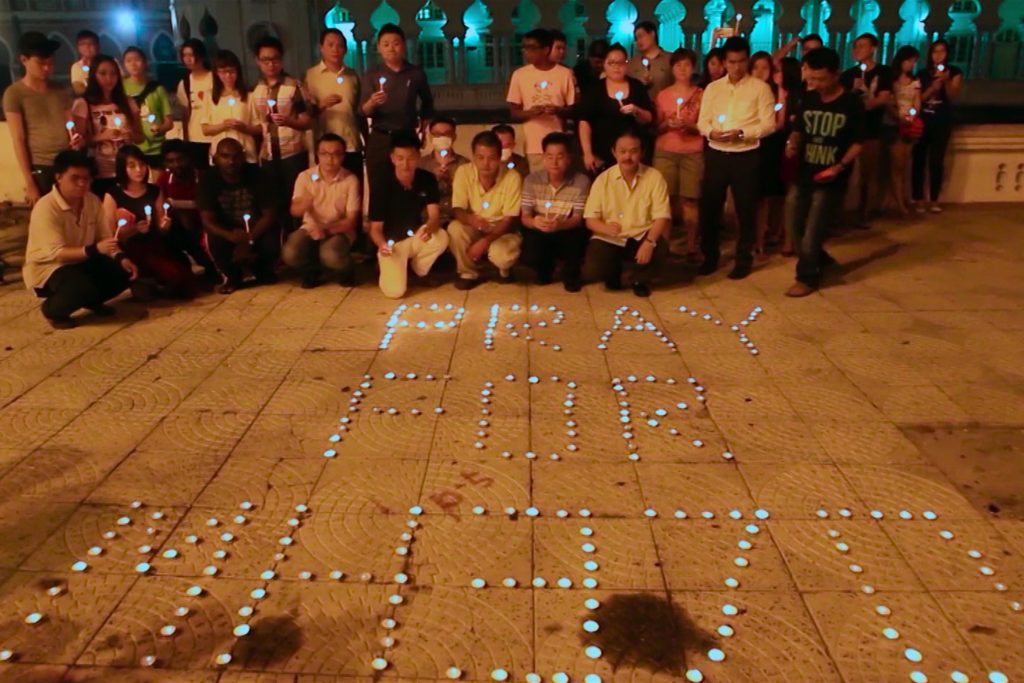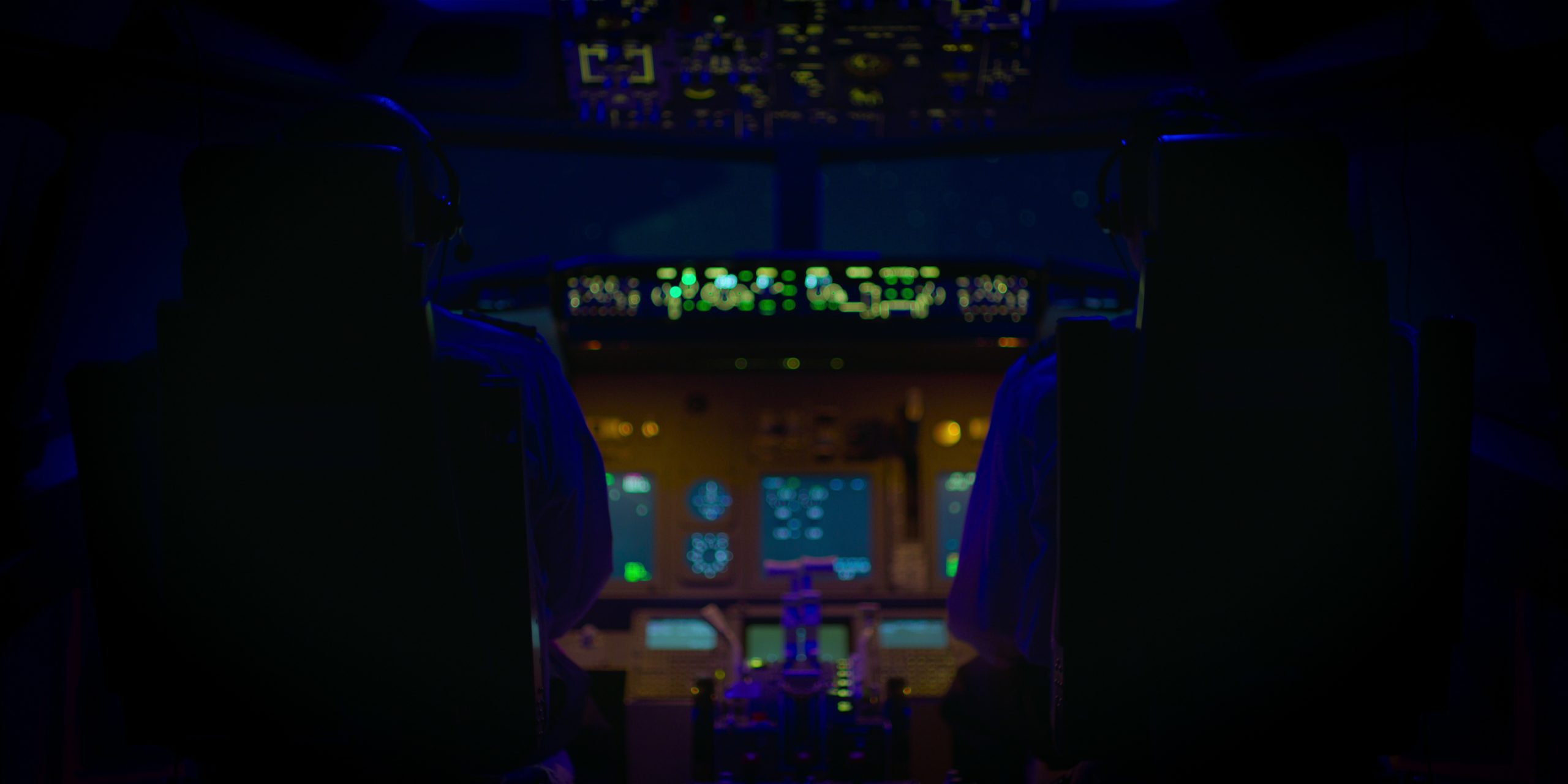“MH370” docuseries is binge-worthy, but only when it’s light outside
“MH370” is binge-worthy, but only when it’s light outside

Spoiler warning
The last message Ghyslain Wattrelos ever got from his daughter was, “I’m at the airport in Kuala Lumpur. I’m happy because I’m going to see my daddy again.”
On the ninth anniversary of the disappearance of Malaysia Airlines Flight 370, Netflix released a three-part docuseries, MH370: The Plane that Disappeared, diving into the potential causes of the plane’s disappearance.
Forty minutes had passed during the routine red eye from Kuala Lumpur to Beijing, China and MH370 suddenly vanished from radars as it left Malaysian airspace. After hours, which turned into days of no contact, officials were stumped. The plane only had enough fuel to fly for eight hours, and no debris was found by search and rescue teams underneath the area of the plane’s initial disappearance.
The first episode takes viewers on a rollercoaster of emotions. Heart-wrenching footage shows grieving families when the plane first disappeared and stories of last goodbyes before sending passengers off on flight 370. But the chilling mystery of what really happened is what keeps the viewer watching.

MH370 was still discoverable on military radar after leaving Malaysian airspace. After two days of no contact, Malaysian officials announced that they believed the plane had flown hundreds of miles off course, making a sharp turn flying west toward the South China Sea. On March 15, Malaysian Prime Minister Najib Razak confirmed that the plane changed its course dramatically and turned back over the Malaysian Peninsula.
There were still many unanswered questions. Luckily, British satellite communication services company Inmarsat had equipment on board MH370 that was communicating with one of its satellites over the central Indian Ocean. The satellite had been pinging the equipment on MH370 every hour for six hours after the plane’s last contact, and Inmarsat engineers were able to conclude the plane flew south after vanishing from military radar. But according to experts, this must have meant the plane crashed into the ocean.
Nine years later, there are still few answers.
The short series breaks down three possible and incredibly far-fetched theories for the plane’s disappearance, developed by journalists and grieving family members.

1: The Pilot
Captain Zaharie Ahmad Shah’s infamous “Goodnight Malaysia370” made it easy for the press to place initial blame on the pilot. Aviation journalist Jeff Wise was the first to develop his theory of Captain Zaharie committing mass murder-suicide.
Wise explained the potential situation as: minutes after MH370 left Malaysian Airspace, Zaharie locked his co-pilot out of the cockpit, turned off any electronic communication that makes MH370 visible on a civilian radar and limited the oxygen supply in the main cabin. All other crew members and passengers lost consciousness and Zaharie flew the plane into the South Indian Ocean, killing himself and everyone else on board.
2: The Hijack
After another Malaysia Airlines flight was shot down by a Russian army unit over Ukraine four months after MH370 vanished, Wise began to dive deeper into what really could have happened.
In conjunction with members of the Independent Group, a group of people who worked together over the internet to figure out what happened to MH370, Wise discovered that the Inmarsat equipment had turned off at the same time as MH370’s electronic communication, and turned back on later in the flight.
Most pilots don’t know how to turn off the electronic communication box underneath the main cabin of an airplane, so Wise developed his second theory: three Russian passengers, one of whom was sitting near the hatch to the electronics bay, hijacked MH370 and flew the plane to Kazakhstan, hoping it would distract from the Russian invasion of Crimea that began in February 2014.

3: The Interception
Sixteen months after MH370 disappeared, debris of what seemed to be a Boeing 777–the same kind of plane as MH370–was found on an island in the French Indian Ocean. The Malaysian Government confirmed the debris was a part of MH370, providing grieving families and curious researchers with the first hard evidence that the plane had crashed in the South Indian Ocean.
But, French journalist Florence de Changy discovered that the debris found had been missing its ID plate, hinting that the debris was from a dismantled plane. After further research, de Changy also found that there was unidentified cargo on MH370 that was escorted to the plane.
In attempts to limit the unidentified cargo from reaching mainland China, de Changy believes that two United States AWACS, planes that control aviation radar, jammed MH370, cutting off its signal and bringing down the plane right after it left Malaysian airspace.
The series itself is binge-worthy, maybe watch during the daytime hours if you’re easily spooked, and is undoubtedly one of Netflix’s most interesting docuseries yet.
But, the theories are so farfetched it leaves viewers, along with family members of lost passengers and crew members, with many unanswered questions and little closure of what actually happened. Both Wise and de Changy have made many controversial statements regarding the incident and we have to ask: at what point is this research dragging out a healing process for those who lost their loved ones?





